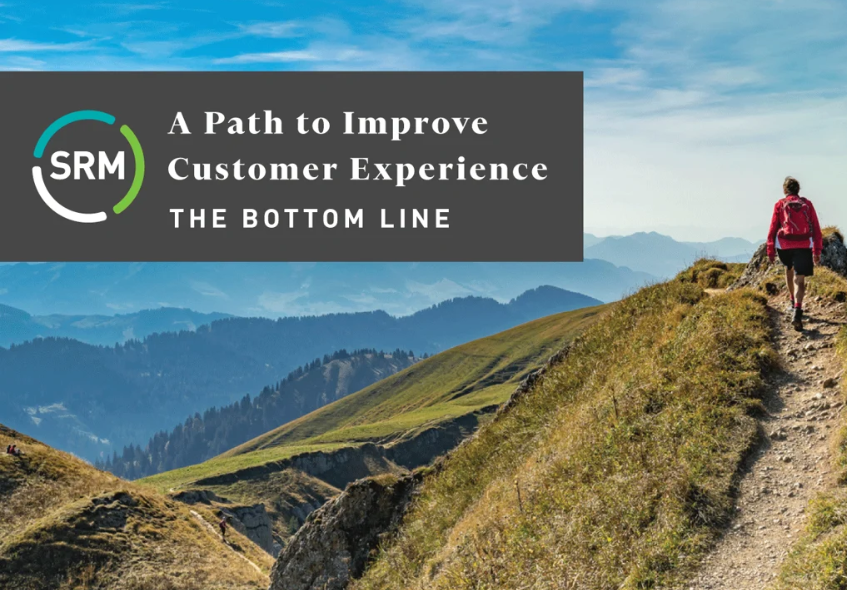|
We made the case in a recent blog that banks and credit unions should take a closer look at their consumer lending strategies. With $32 billion of volume in 2023, there has been no shortage of opportunity, spanning existing and prospective customers.
Every institution can benefit from fine-tuning its strategy to optimize efficiency and ensure a customer-centric focus, which can erode over time without persistent attention and updates. While the customer should belong at the heart of everything, it’s equally important to understand the relevant marketplace and your financial institution’s target segments and design meaningful value propositions that appeal to those groups. Along with setting a firm operational foundation, we believe financial institutions must take steps to build sales and service processes around customer needs and maximize first-contact resolution. Selling Compliantly Versus Compliant Selling Fundamentally, regulation is about looking after the customer. This noble objective risks being overshadowed by what many consider overreach in recent regulatory moves. While regulatory activity is reactive, an examiner’s focus during their visits is often on sales-related consumer outcomes. Banks and credit unions tend to pay the most attention to ensuring, above all else, that they meet baseline regulatory demands – making sure they “tick the boxes.” SRM advocates another way. With a relentless and deliberate focus on ensuring that the customer is at the heart of everything you do, regulatory compliance becomes much easier. Rather than allowing compliance to dictate the development and direction of sales processes – called “compliant selling” – financial institutions must focus on building their sales process around the customer journey. How? By building questions, frameworks, outcomes, and recommendations around meeting customer needs. And by engaging with customers in a more need-based way, you will move into “selling compliantly,” where you emphasize “selling” rather than “compliance.” Following this approach, regulatory compliance is addressed in an organic fashion that is more effective and satisfying to customers and the financial institution. It can also help improve examiners’ understanding and prove that you are operating a business that is entirely focused on the needs and welfare of your customers. When a Simpler Experience is a Better Experience As consumers, we’ve all experienced the feeling of being passed around and the ensuing frustration it creates. These situations eat up your valuable time. And they often cause you to second guess maintaining a relationship with the company at fault. SRM’s go-to principle for supporting clients is to become more effective – and, by extension, more efficient – through first-contact resolution. First-contact resolution must be fully embedded in the company culture from the top down and side to side across the whole organization. Regardless of the product, we recommend empowering one person to work through an issue as far as possible before resorting to handoffs and ensuing delays. After all, time is money, and these flawed scenarios cost the customer and the financial institution. When a customer reaches out with a problem, the ideal experience involves minimizing elapsed time. They want a confident, straightforward response conveying that their concern is understood and can be definitively addressed. While callbacks and handoffs may ultimately be necessary, they will almost certainly detract from the impression made. Minimizing those occurrences can lead to faster resolutions and better customer experiences. Financial institutions can ensure that they live up to the promise of their product design by stellar execution and serving customers fully at the initial point of interaction. This should be reinforced through every subsequent customer interaction. Every process, policy, procedure, and customer touchpoint should be examined – to remove any impediment to first-contact resolution. This will also improve employee morale, with less time spent managing complaints. The Bottom Line Success in consumer lending can be aided by efficiencies and effectiveness, but it nonetheless begins with strategy. At a basic level, we all need targets. Does everyone in the organization understand those targets and have a detailed roadmap to help achieve them? Most sales teams understand the playbook, but what about risk management, finance, and IT staff? Are they aligned? How is the consumer lending strategy linked to your financial institution’s overall strategy? Can your staff identify the key players and support teams’ goals? Success relies on having a solid strategic foundation built around a clear mission, vision statement, and principles that resonate across all products and services. It requires alignment with your operating model. Fundamentally, processes should be built around customer outcomes rather than internal convenience. These are controllable matters well worth addressing. SRM can deliver a maturity assessment in these areas for your institution and develop actionable strategies to improve customer experience throughout your financial institution. SRM is a DakCU Senior CAP Partner that has assisted a number of Dakota credit unions providing savings on product agreements and contract optimization. They have been selected by more than 700 financial institutions to advise in areas such as payments, digital banking, core processing, and operational efficiencies, unlocking billions of dollars in value and improving the competitive advantage of clients with a reputation for industry-leading subject matter expertise, a proprietary benchmark database, and proven negotiating skills. Contact Scott Eaton, VP Business Development, or George McDonald, DakCU’s Chief Officer of Strategic Services for more information. Comments are closed.
|
The MemoThe Memo is DakCU's newsletter that keeps Want the Memo delivered straight to your inbox?
Archives
July 2024
Categories
All
|
|
Copyright Dakota Credit Union Association. All Rights Reserved.
2005 N Kavaney Dr - Suite 201 | Bismarck, North Dakota 58501 Phone: 800-279-6328 | [email protected] | sitemap | privacy policy |






